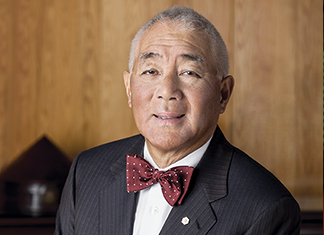North America’s 2018 Real Estate Outlook
- Caifu Magazine | by Catherine Skrzypinski
- EN
Real estate owners, developers and investors in the United States and Canada have expressed optimism in the sector as 2018 approaches.
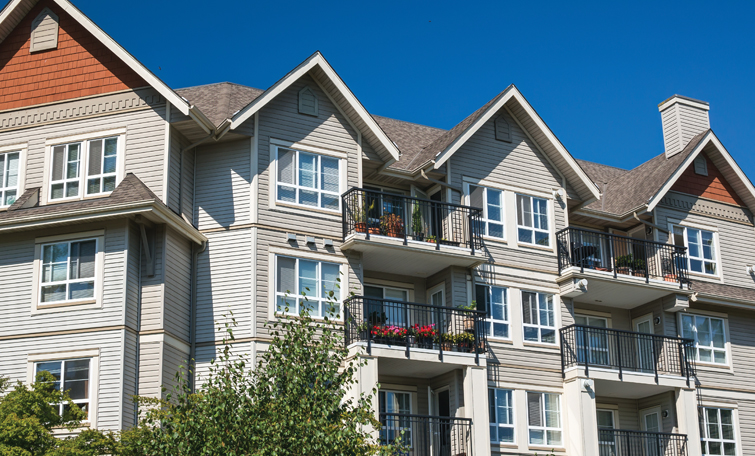
Most real estate experts are predicting a strong year ahead for U.S. housing, with rosy forecasts in hot markets like Los Angeles, San Francisco and New York. American mortgage loan firm Freddie Mac’s economic and housing research group forecasts home price appreciation across the United States will grow a solid 4.9 percent in 2018.
Meanwhile, the Canadian real estate sector will continue its steady upward performance amid largely static economic conditions, according to PwC’s Emerging Trends in Real Estate 2018 report. Experts say they are cautious of a market correction in heated markets like Vancouver and Toronto, as both cities experienced shakeups in the past year from taxes on international buyers.
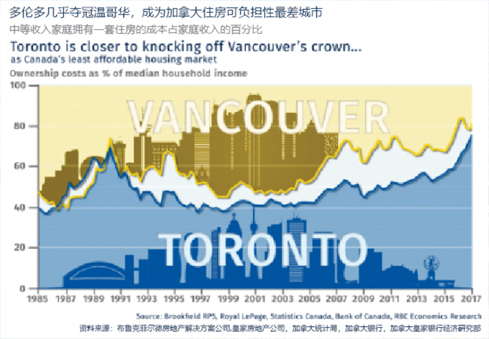
“Canadian economic and job growth have been improving, which is good news for housing demand,” Canadian Real Estate Association (CREA) President Andrew Peck said in a statement. “However, it also means that interest rates have begun to rise, which may impact homebuyer confidence – particularly in pricier markets like Vancouver and Toronto.”
Prices in the Canadian housing market – especially in Vancouver and Toronto – will continue to rise, but at a much slower rate in 2018, Robert Hogue, senior economist at Royal Bank of Canada (RBC) in Toronto, told CAIFU Friday, October 20, 2017. “Prices in both cities will flatten after record highs in 2017.”
Potential interest rate hikes in 2018 may have an impact on the Vancouver and Toronto housing markets, Hough continued. “This is the next chapter in Canada’s housing market story,” he added. “[RBC] anticipates further rising interest rates, and we foresee the Bank of Canada raising its benchmark interest rate to 2 percent by the end of 2018.”
Hogue said he does not see rising interest rates as a threat to the Canadian economy as a whole. “This higher cost of borrowing could slow down growth, but it will not cause a crash.”
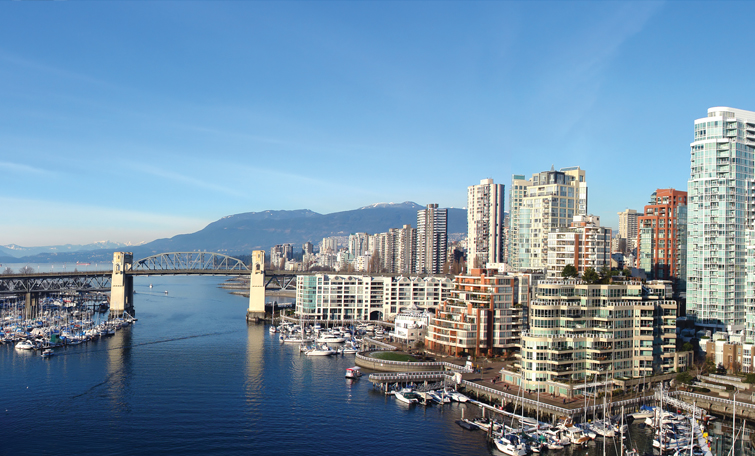
Vancouver Again on the Rise
Vancouver is still the number one market to watch in Canada in 2018 for investment prospects and redevelopment opportunities, according to the PwC study, but its residents are divided over solutions to the region’s spiralling real estate prices and rents.
The British Columbia provincial government implemented a 15 percent property transfer tax on foreign buyers in August 2016 in response to rapidly increasing home prices in the Metro Vancouver area.
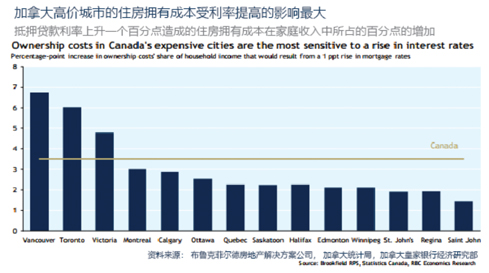
As a result, Vancouver saw a 14 percent drop in new listings in the first half of 2017, according to a July 2017 CREA report. But the benchmark price of a Metro Vancouver home – including condominiums – cracked the $1 million CAD mark that same month.
It seems that the period of housing affordability relief has likely come to an end in Vancouver, RBC reported in November 2017. Vancouver has rebounded, and housing prices picked up again in the second quarter of 2017, Hogue explained.
International investors are beginning to explore coastal communities beyond downtown Vancouver, like South Surrey, White Rock and even Point Roberts, Washington below the 49th parallel.
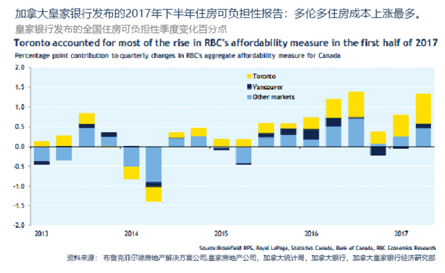
“British Columbia’s entering a new era of real estate opportunities and challenges,” Real Estate Investment Network analyst Don Campbell stated in a November 2017 media release. “While most think the Lower Mainland’s housing market is priced ‘out of this world’ – limited supply and increasing demand continue to drive this market.”
Central 1 Credit Union chief economist Helmut Pastrick said he expects prices in Vancouver to increase significantly in the next 10 or 20 years because it’s a land-constrained region surrounded by mountains, the ocean and protected agricultural land.
“I don’t consider Vancouver to be overvalued,” Pastrick added. “The Vancouver housing market is high priced, but that doesn’t mean it’s overpriced. This is not the hottest housing market in Vancouver’s history compared with the early 1970s and the late 1980s.”
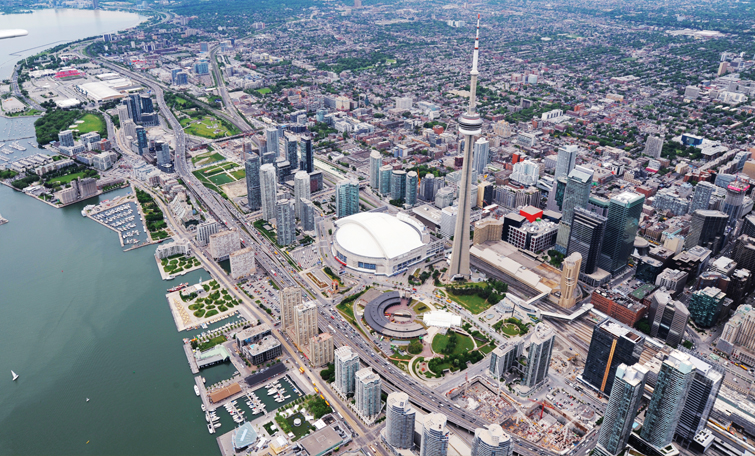
Toronto Cools Down
Compared with Vancouver, industry players do not feel Toronto’s real estate is too expensive, according to the PwC study. Canada’s largest city is the number two market to watch in Canada for investment prospects.
The Ontario provincial government introduced the Fair Housing Plan in April 2017, including a foreign-buyer tax of 15 percent for the Greater Golden Horseshoe area, including Hamilton, Niagara Falls and the Greater Toronto Area (GTA).
Toronto’s housing market has adjusted since the implementation Ontario’s Fair Housing Plan, RBC’s Hogue noted. “Gone is the earlier frenzy fueled by supercharged demand conflicting with a dearth of homes available for sale,” he added. “Instead, the Toronto market has become more composed and sensible.”
According to RBC’s November 2017 report, the policy-induced correction in activity has run its course and prices will reach a bottom soon. “Toronto’s market is in a much more sustainable position than it was at the start of 2017,” Hogue said.
The GTA’s urban intensification will continue in 2018 through the end of the decade, reported PwC, also known as PricewaterhouseCoopers. Several waterfront properties in the GTA are in the midst of transformation like Port Lands, located east of the downtown core. Mississauga’s Port Credit community will be fronted by a new waterfront park featuring a beach and ecological gardens alongside office, retail and residential space.
Buyers will have to adjust to the housing markets in Toronto and Vancouver, Hogue noted. “Homeownership is not an impossible dream,” he continued. “Although fewer single detached homes are being built despite demand, higher density housing like condos are prevalent in both cities. Condos are being snapped up by first-time homebuyers.”
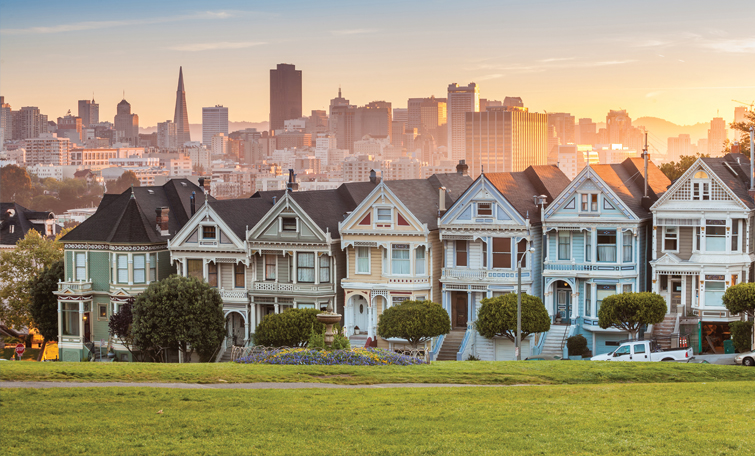
California Dreaming
In the United States, housing demand should remain robust in California in 2018 because of the state’s strong economy, solid job growth and favorable interest rates, forecasted the California Association of Realtors (CAR). Home prices will continue to rise, officials added, but at a slower pace.
CAR officials have forecasted the median price of an existing home in California will increase 4.2 percent to $561,000 USD in 2018, less than a projected 7.2 percent increase in 2017 at $538,500 USD. They also project sales will rise 1 percent to 426,200 transactions in 2018, which is somewhat weaker than the 1.3 percent gain projected for 2017.
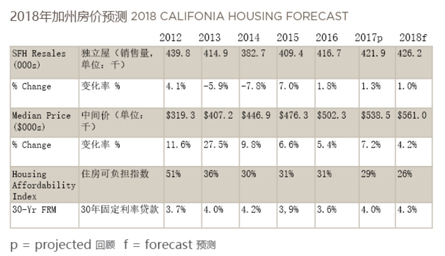
Leslie Appleton-Young, senior vice president and chief economist at CAR, said a lack of homes in California’s housing market will keep home prices from rising for the next three to five years. She attributed this to the slow pace of construction in the state.
“This year’s housing market can be told as a tale of two markets – the inventory constrained lower end and the upper end that’s non-inventory constrained,” Appleton-Young continued. “This trend is likely to continue into 2018 as active listings have declined across all price ranges for the past two years, but is most obvious at the lower end.”
“With tight inventory being the new ‘norm’ for the past few years and at least the upcoming year, we’ll continue to see fierce competition driving up prices, leading to lower affordability and weaker sales growth,” she continued.
California’s population is growing faster than the state’s housing supply, as developers have not built enough homes in the Golden State to keep up with demand for decades. As the United States’ most populous state, California’s population will continue to grow up to an estimated 40 million inhabitants in 2018, according to the California Department of Finance. California is also America’s most diverse state, as nearly a million Mainland Chinese and Taiwanese call the state home, reported the 2015 American Community Survey.
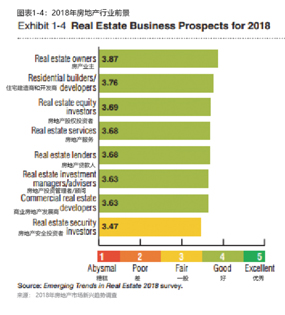
According to the National Association of Realtors, international buyers purchased $35 billion USD worth of property in California between April 2016 and March 2017. More than a third of Chinese buyers purchase residential property in California because of its proximity to and cultural affinity with Asia.
International buyers are expected to continue investing in California properties in the coming years, CAR officials say, because prices in cities like Los Angeles and San Francisco are still a bargain compared with other global cities.
In Los Angeles, the median price of single-family homes sold in the county was a record $575,000 USD, according to data and analytics firm Corelogic. This is 9.5 percent higher than 2016. Chinese investors gravitate toward Los Angeles suburbs like Alhambra, Arcadia, San Gabriel Valley, San Marino and South Pasadena.
Meanwhile, the median selling price of a high-end, single-family house in San Francisco spiked to a record $1.588 million USD in October 2017, according to Paragon Real Estate Group. This is up 13.4 percent from October 2016. Home sales during this month occurred in upscale neighborhoods like the Pacific Heights-Marina district, the Noe, Eureka and Cole Valley district and the Lake Street-Sea Cliff district.
New York State of Mind
Traditionally regarded as a safe haven for international buyers, New York City is now considered a buyer’s market because of an oversupply of high-end units. The average price of an apartment in Manhattan has exceeded $2 million USD in 2017, and still has significant growth upside, according to the Elliman Report from October 2017, a monthly survey of the New York metropolitan area’s residential real estate market. Since 2016, Manhattan’s average square footage prices have increased by nearly 17 percent.
“The Manhattan market is in good condition with sales up sharply year-over-year,” Steven James, CEO of Douglas Elliman in New York City, said in a statement. “This activity is actually overpowering the re-sale inventory, which simply can’t keep up. Inventory has now fallen for two consecutive quarters after rising for 12 quarters. While this elevated activity is not spurring runaway price growth, prices in re-sales are definitely trending up.”

Evolving areas that have fueled explosive real estate development in Manhattan include the High Line, a green public space located on an elevated abandoned train track on the west side of Manhattan. The northernmost point of the High Line is Hudson Yards, the largest private real estate development in the history of the United States, which will bring 5,000 residential units to the market.
In lower Manhattan, the Financial District has been revitalized by the Oculus – the World Trade Center Transportation Hub – as a retail mecca and architectural wonder. Seizing on the revitalisation of lower Manhattan, developers have added several upscale high-rises to the area including 1 Seaport, One Wall Street, 125 Greenwich Street and 45 Broad Street.
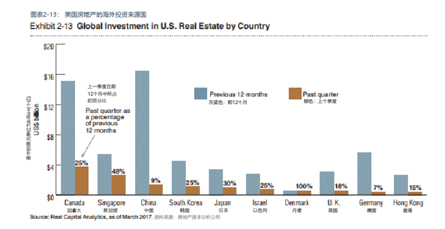
However, savvy investors should look beyond Manhattan to other New York City boroughs like Brooklyn, which boasts charming neighborhoods like Brooklyn Heights, Cobble Hill, Fort Greene and Park Slope, along with hip industrial enclaves Bushwick, Bedford-Stuyvesant, Greenpoint and the neighbourhood that started Brooklyn’s boom – Williamsburg. According to October 2017 figures from the Elliman Report, the median price of a brownstone in Brooklyn hovers around $2.5 million USD.
Queens is an up-and-coming borough, as its waterfront facing the Manhattan skyline is developing quickly. Long Island City has evolved from an industrial neighbourhood known for its large warehouses, parking lots and film studios into a premier residential neighbourhood filled with galleries, museums and a thriving arts community.
“We’re seeing very strong pricing in Brooklyn and Queens, with some record prices set this quarter in Queens and Brooklyn on the verge of setting new records of its own,” James added. “Sales are up in these boroughs, with Brooklyn securely established as competition to Manhattan. Queens continues on its rise as a place for buyers to find greater affordability.”
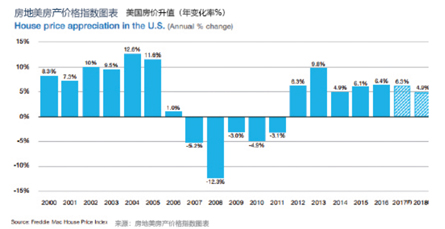
Overall, real estate industry professionals see opportunity in nearly every property type and in major markets across North America.




